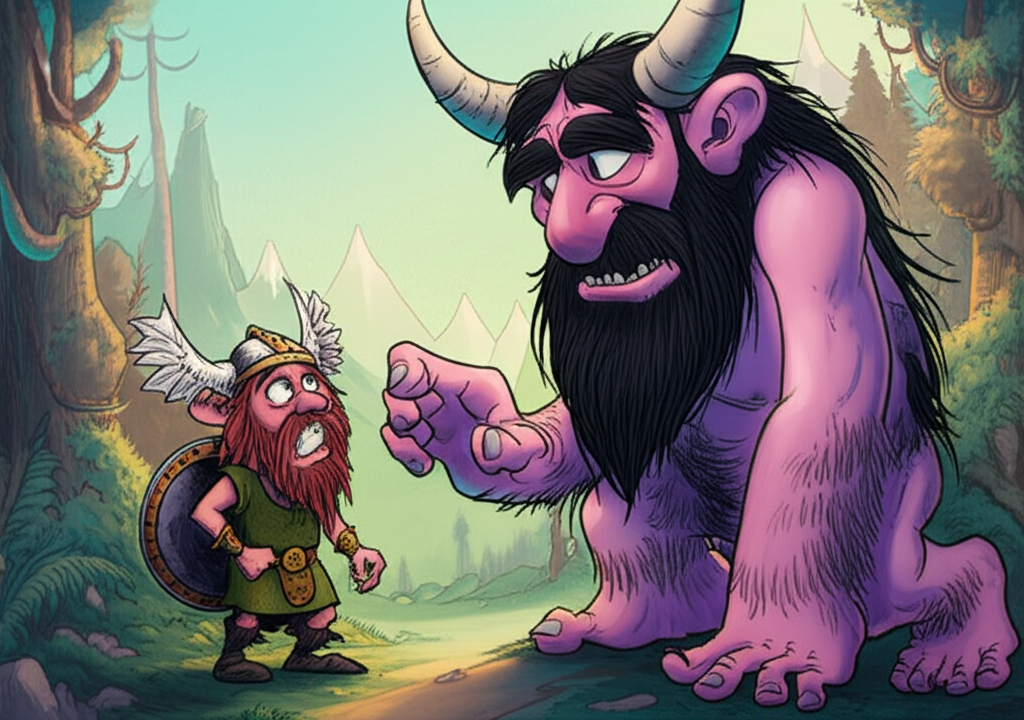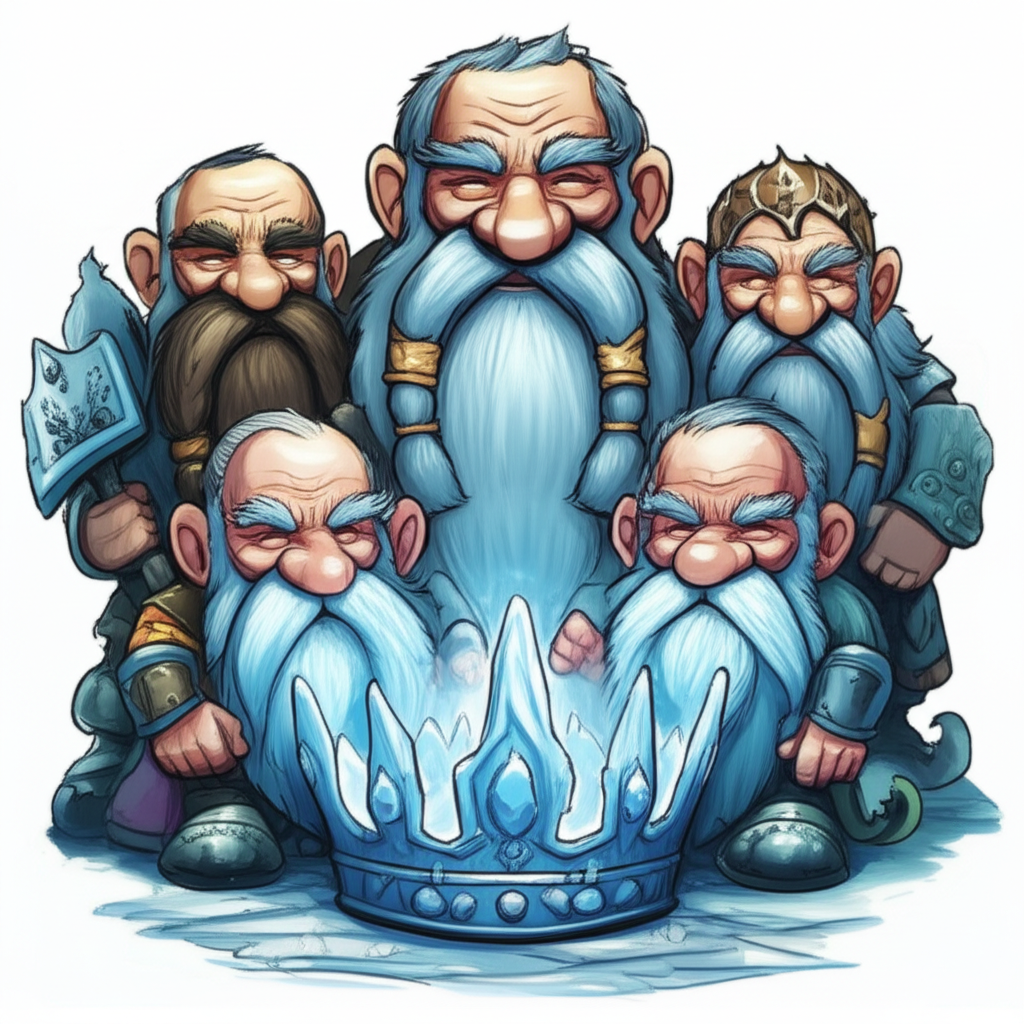
Introduction:
The story of Baldr, the radiant god of light and innocence, and the ensuing chaos surrounding his demise, comes to us from the cold, wind-swept lands of Scandinavia. It is a tale woven into the fabric of Norse mythology, a rich tapestry of gods and giants, heroes and monsters, that was passed down through generations of Vikings and their ancestors. These stories, etched in runic inscriptions, recited by skalds (poets), and preserved in the Prose Edda and Poetic Edda – collections of Old Norse literature – offer a glimpse into the worldview of a people who saw the world as a battleground between order and chaos, light and darkness. It is crucial to remember that this is a traditional story, a product of human imagination and cultural expression, and not a statement of religious truth.
Origins and Cultural Background:
The Norse myths, including the legend of Baldr, flourished in a time of harsh realities. The Viking Age, roughly spanning from the late 8th to the mid-11th centuries CE, was a period of exploration, raiding, and settlement across Europe and beyond. The people lived in close-knit communities, heavily reliant on agriculture, fishing, and trade. Their lives were intimately connected to the cycles of nature, the changing seasons, and the unpredictable forces of the sea and the sky.
Their world was a dangerous place, filled with both hardship and wonder. They saw the cosmos as a vast, interconnected system, a realm where gods, giants, dwarves, and elves all played their roles. The gods, residing in the celestial realm of Asgard, were powerful but not omnipotent; they were constantly battling the forces of chaos, represented by the giants and the monstrous creatures that threatened the world. The Norse people believed that fate, or wyrd, governed all things, and even the gods were subject to its inevitable grip. Their mythology served as a framework for understanding the world, explaining natural phenomena, and providing guidance on how to live a life of honor and courage in the face of adversity. Their myths offered explanations for the origins of the world, the nature of good and evil, and the ultimate destiny of all beings.
Character/Creature Description:
Baldr, son of Odin, the Allfather, and Frigg, the goddess of love and prophecy, was considered the most beautiful and beloved of the Aesir gods. He was described as radiant, possessing a shining appearance that illuminated all around him. He embodied purity, innocence, and light, often associated with the sun and the warmth of summer. His very name, "Baldr," suggests "the shining one" or "the bright one." He was a figure of peace and gentleness, a contrast to the more warlike and often volatile temperaments of the other gods.
Frigg, Baldr’s mother, was deeply devoted to her son. The grief and anguish she experienced upon Baldr’s death are central to the tragedy. Her actions, born of a mother’s love, inadvertently set the stage for the catastrophic events that followed.
Loki, the trickster god, is the antagonist in this story. He is a complex figure, both a source of chaos and a catalyst for change. He is often depicted as cunning, deceitful, and driven by envy. Loki represents the unpredictable and destructive aspects of the human condition, the forces that disrupt harmony and bring about destruction.
Main Story / Narrative Retelling:
The peace of Asgard was shattered by a premonition. Baldr began to suffer from terrible dreams, foretelling his death. Frigg, frantic with worry, journeyed throughout the Nine Realms, extracting oaths from every object, plant, animal, and element, promising that they would not harm her beloved son. She secured this promise from everything except one seemingly insignificant thing: the mistletoe, which she deemed too young and harmless to pose a threat.
The gods, reassured by Frigg’s efforts, made it a game to hurl weapons at Baldr, delighted to see them bounce harmlessly off his invulnerable form. However, Loki, ever the troublemaker, observed this display with simmering resentment. He sought out the blind god Hodr, Baldr’s brother, and, exploiting his vulnerabilities, convinced him to participate in the game. Loki fashioned a dart from mistletoe, the one plant that had not sworn an oath to protect Baldr.
Hodr, guided by Loki, aimed the mistletoe dart at Baldr. The dart, the only weapon capable of harming the shining god, pierced his heart, and Baldr fell lifeless to the ground. The realm of Asgard was plunged into mourning. The light had been extinguished, and a shadow of despair fell over the gods.
Frigg, consumed by grief, pleaded with the gods to find a way to bring Baldr back from the realm of the dead, Hel. Hermod, Odin’s son, volunteered to journey to Hel and implore the goddess Hela, who ruled over the underworld, to release Baldr. He rode Sleipnir, Odin’s eight-legged horse, and traveled for nine long nights, crossing rivers and dark valleys until he reached the gates of Hel.
Hela agreed to release Baldr if everything in the world wept for him. Hermod returned to Asgard, and the gods, along with all living creatures, wept tears of sorrow. But then, a giantess named Þökk refused to weep. This giantess was, in fact, Loki in disguise. Because Þökk would not mourn, Baldr was forced to remain in Hel.
The death of Baldr was a pivotal moment, marking the beginning of the decline of the gods and foreshadowing the cataclysmic event known as Ragnarök, the end of the world. The gods, consumed by grief and rage, captured Loki and bound him with the entrails of his own son, a punishment that would last until the end of days.
Symbolism and Meaning:
The story of Baldr is rich in symbolism. Baldr represents innocence, purity, and the promise of eternal light. His death symbolizes the fragility of beauty and goodness, the inevitability of loss, and the ever-present threat of darkness. The story can be seen as a reflection on the cyclical nature of life and death, the triumph of chaos over order, and the human experience of grief and mourning.
The betrayal by Loki represents the destructive power of envy and deception. The failure of Frigg to secure an oath from the mistletoe highlights the limitations of even the most powerful beings and the importance of recognizing even the seemingly insignificant threats. The refusal of Þökk to weep underscores the presence of negativity and destruction, even in the face of universal sorrow.
The story also foreshadows Ragnarök, the ultimate destruction of the gods and the world. The death of Baldr serves as a catalyst for the events that lead to this cataclysmic event, representing the beginning of the end.
Modern Perspective:
The myth of Baldr continues to resonate in modern times. His story has inspired countless works of art, literature, and film. He is often portrayed as a symbol of beauty, innocence, and vulnerability. The story explores themes that remain relevant today: the battle between good and evil, the destructive power of envy, the nature of grief, and the fragility of life.
The story has appeared in various forms of media, from comic books and fantasy novels to video games and movies. In these modern interpretations, Baldr often retains his role as a figure of light and goodness, while Loki remains the trickster, the antagonist who disrupts the established order. These modern interpretations often reflect the continuing human fascination with the Norse mythology and its enduring themes.
Conclusion:
The legend of Baldr, the shining prince brought down by deceit and betrayal, is a powerful example of the rich storytelling tradition of the Norse people. It is a story to be appreciated as a cultural artifact, a testament to the power of imagination, and a reflection of the human experience. It is not, however, a belief system or a source of divine power.
As Muslims, we recognize the inherent truth in the concept of one God, Allah, the Creator and Sustainer of all things. We recognize that only Allah is the true source of all power, knowledge, and wisdom. This is a story from a different culture, a window into a different way of understanding the world. By exploring these stories, we can learn about the diversity of human cultures, the power of storytelling, and the universal themes that connect us all. May we always approach such cultural artifacts with respect and an appreciation for the imagination and creativity of the human spirit.





